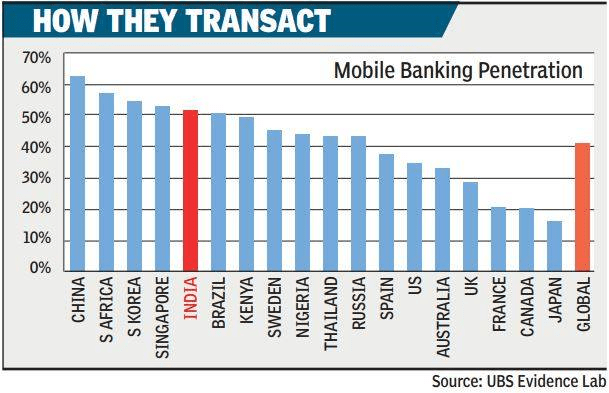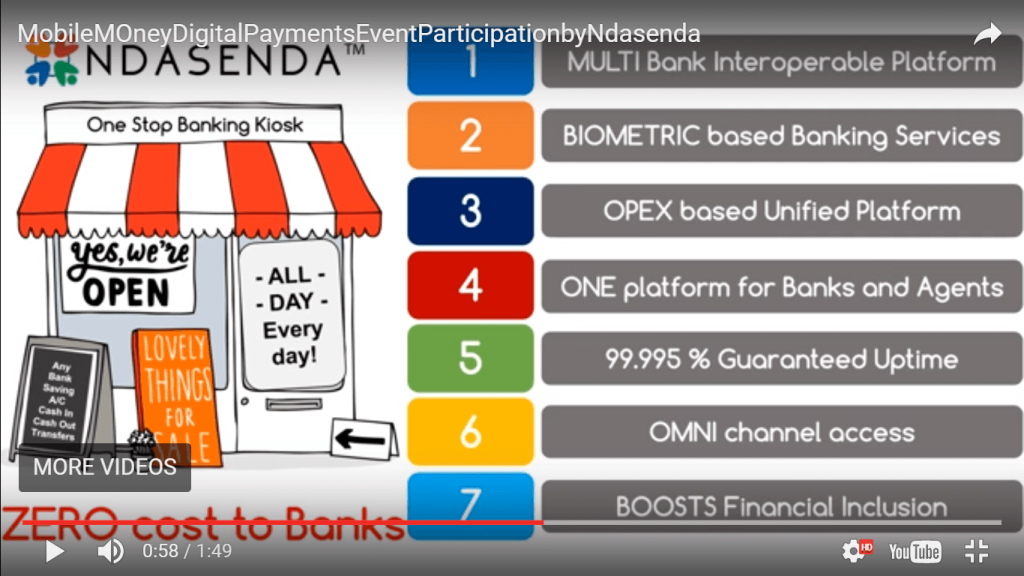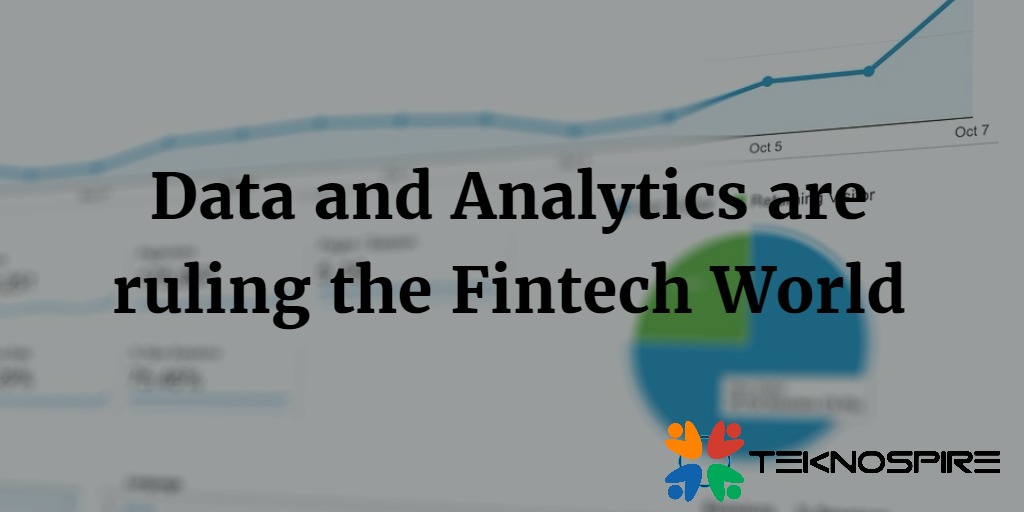Technology Needs of a Payment Bank and Small Finance Banks, Fintech firms and Their Banking Solutions
Banks and Technology In Part One of our Bank and Technology series we spoke about the technologies needed by Public Sector Banks, Private Sector Banks, and Foreign Banks and in Part two we narrated technologies desirable by Regional Rural Banks [RRB’s] and Cooperative Banks [ State and Urban Cooperative Banks]. Now in the final and concluding part of our Bank and Technology series would talk about the technology needs of Payment Banks and Small Finance Banks. We would also discuss the fintech firms in India, their product offerings and the banks they are helping to enable Digital Banking for their customers. Technologies Needed by Payment Banks Although the Payments Banks in India are newly launched[in principle in 2015 and first payment bank was Airtel started in 2016] and the need of the hour, yet they need to adapt to some of the latest technologies to stand tall against their competitors. Banks Examples of Bank Who is the Target Audience What Technology They Should Adopt to How a Technology Would Help the Banks Payment Banks 1.Airtel Payment Bank 2. Paytm Payment Bank 3. Vodafone M-Pesa They came into existence to serve – 1. Small businesses 2.Unorganized sector 3.Low-income households 4.Farmers and migrant workforce 1. Mobile App Launch of banking services via Mobile App and Internet helps customers in availing services anytime from anywhere across the globe. 2. e-KYC acceptance Reducing carbon footprints would help the mother earth but also would speed up the process of essential services like Opening Account or Loan Reimbursements 3. Use of Biometrics Biometrics would help in reducing fraud and identifying potential security threats. 4. Digital Wallets/e-wallets Paying for monthly bills or shopping online, e-wallets could be handy for quick money needs to the customer. Technologies Needed by Small Finance Banks Small Finance banks that were launched to support the small business units, farmers and most importantly the unorganized sector of the economy for their empowerment and financial inclusion. Some of the essential technologies that could help Small Finance banks in attaching these individuals to Bank System are – Banks Examples of Bank Who is the Target Audience What Technology They Should Adopt to How a Technology Would Help the Banks Small Finance Banks 1.Janalakshmi Small Finance Bank 2.Capital Lab Small Finance Bank 3.Disha Small Finance Bank They are not allowed to lend but would eagerly accept the deposits. Hence the target audience for them is 1.Small farmers 2.Unorganised workers 3.Small business units 1. Mobile App Launch of banking services via Mobile App and Internet helps customers in availing services anytime from anywhere across the globe 2. e-KYC acceptance Reducing carbon footprints would help the mother earth but also would speed up the process of essential services like Opening Account or Loan Reimbursements 3. Use of Biometrics Biometrics would assist in reducing fraud and identifying potential security threats 4. Agent Banking Solutions With remote areas/rural areas not having enough bank branches services like Agent Banking, ATM, PoS or e-corners could add to get more customer satisfaction and business to banks FinTech Firms Helping Different Banks as Technology Partners We had a glimpse of different banks and their technology needs, let’s also look at the fintech firms in India that are trying to build a comprehensive banking solution to support the digital wave in India. While the list here mainly focuses on firms offering products to banks of rural areas, it also has firms providing crime surveillance solutions for fraud and thefts. Fintech Firms What They Offer Partners Novopay Mobile Payment App to set up bank account and structure finances RBL Bank, Bank of India, IDFC Bank VAYA Finserv Offers core banking to rural areas. Loans to women and self-help groups. YES Bank, The Ratnakar Bank Vortex Engineering Private Limited Offers the lowest power consuming ATM’s Set up 545 ATM’s that includes 300 solar powered ATM’s for State Bank of India Eko India Financial Services Offers no-frills bank accounts and deposit, withdrawals and remittance services to unbanked migrants via a mobile device State Bank of India, Yes Bank, ICICI Bank Finacus Offers Core banking solutions, aadhaar based solutions, Payments via Mobile, Tablet, Agent Banking, etc Bharat bank, Apna Sahkari Bank, Mahesh bank SesameIndia Offers Core banking, Agent banking, Mobile Banking, Business Intelligence, Different modes of payment solutions and Risk and Recovery Management KUC Bank, Thenjipalam Cooperative Urban Bank, Malapurram Service Cooperative Bank InfrasoftTech Offers Core banking, AML compliance and financial crime surveillance, Lending management, and microfinance solution 450 clients across 36 countries over 300 banks Sarvatra Offers cloud-based Mobile Banking, IMPS services, and switch, Aadhar enabled payment eKYC, etc Nilambur Urban cooperative bank Teknospire Offers Agent Banking and Payment Solution, Mobile Money Suite and Payment Switch . They also have solutions to Health tech for the rural population. Oakfin Finance, Ebazara, Mannapuram, Mandeshi Bank References: Payments BankList of banks in India Grameen_BankWhat are Payment Banks? Why India Needs Payment Banks? All you need to know about small finance banks What are small finance banks and payment banks? How are they different from commercial banks? Here’s how top 5 Indian banks use technology Banks collaborate with new age fintech companies for rural banking Impact of financial inclusion drive through co-operative banks – a study with special reference to chavara block Performance Evaluation of Regional Rural Banks in India





